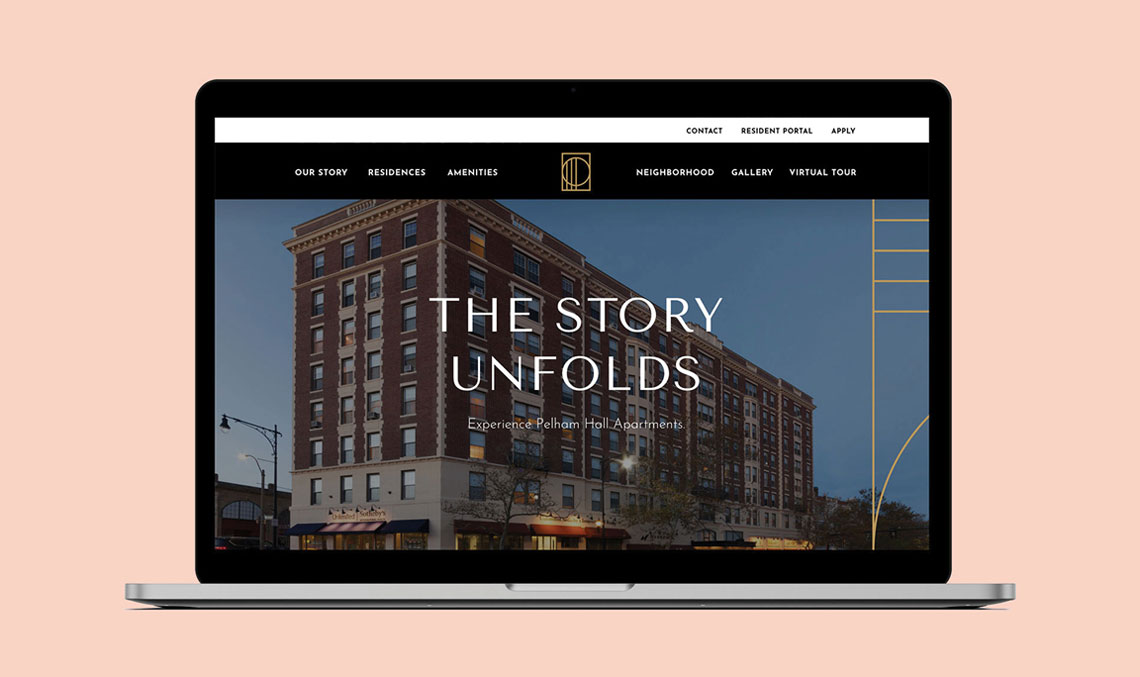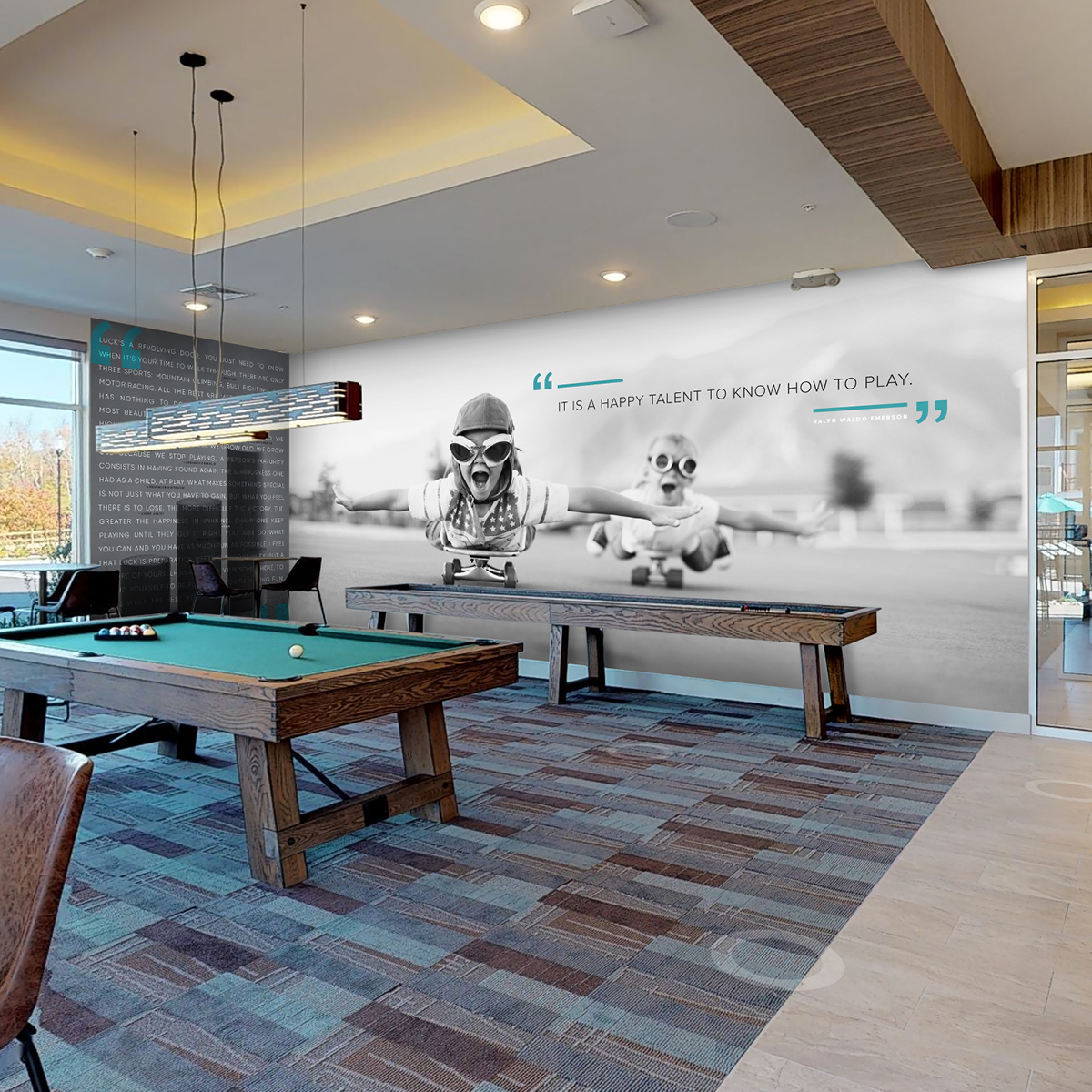Millennials are driving an urban lifestyle in the suburbs.
Think you know Millennials?
We’ve been so indoctrinated into thinking of Millennials as adolescents living in their parents’ basement working dead-end jobs to pay off crushing liberal arts degree debts, that we forgot two things. One, it’s no longer true and never entirely was. And two, those Millennials grew up into people not that dissimilar to, well, the rest of us.
The oldest Millennial is now 39 years old and the youngest 24. And they have not lived in their parent’s basements for years. They’ve been renting apartments. And they work decent-paying jobs. Despite the major impact of the Great Recession and the Coronavirus Recession on their prospects, many of them are getting on with their lives as best they can. For one thing, they have started families. (Their babies are known as Generation Alpha, in case you’re interested.) In short, they need more space but can’t afford it in a city.

And therein lies the rub. The difference between them and generations before them is that they love living in urban-style multifamily developments with all the amenities, conveniences, and comforts it has to offer. Urban lifestyles are what defined their coming of age for many of them and is deeply ingrained in how they live and like to live. They do not want high-maintenance single-family McMansions in the suburbs with a two-door garage and a large lawn they have to endlessly mow. They have better things to do with their time. And many of them will have to keep on renting as student debt and lower income prevent them from qualifying for and investing in real estate as homeowners.
And that, dear reader, is what we call multifamily opportunity – an urban-suburban hybrid increasingly referred to as urbanesque.
The numbers tell a story.
Even with apartment growth projected to be approximately 20% lower than 2019 due to slower economic growth, Millennials are still moving towards homeownership even if it is a slower pace.
But it appears developers are moving their activity towards what is increasingly referred to as urbanesque developments – a shift from urban locations towards suburban locations where mid-rise, medium-density, urban-like multifamily is being built in greenfield areas. CBRE Research states that in 2020, suburban multifamily will outperform urban multifamily based on market performance and investment return.
Another major shift driving a migration to the suburbs is of course the Covid-19 pandemic. The high density of cities and their struggle to deal with the pandemic has made Millennials skeptical of cities and whether it is the right place to raise families. They are eager for options that might give them the best of both worlds.
Millennials no longer want to live downtown. And they haven’t for some time. The Brooking Institution shows that 2012 was, in fact, the peak year for Millennials to move to a city to pursue their careers. Since then, they are far more likely to move to a suburb – partially due to the rising cost of living in urban areas and the lack of entry-level housing in those areas. We’ve all seen the nation-wide multifamily explosion in urban areas that has almost become exclusively high-income oriented. According to Zillow half of all Millennial homeowners today already live in suburbs.
Many employers are realizing by having offices in those suburbs Millennials call home, they are in fact accessing a great talent pool who are very happy not to be slaves to a long commute to traditional downtown offices or office parks five days a week. In short, a Millennial who can live and work and play in the suburb they call home is a happy Millennial.
Research suggests whether they are renting or buying, Millennials prefer higher density suburbs rather than sprawling old-school ones. Apart from traditional suburban housing stock, these neighborhoods also have diverse multifamily types and sizes that can range from low-rise multistorey apartments to townhouses to harden apartments to bungalow courts to duplexes all the way to fourplexes. Wherever they are, successful urbanesque multifamily developments tend to be in great neighborhoods. When it comes to popularity they are all in neighborhoods where you can walk or cycle where you live, work, and play.

That means multifamily developments that are usually an easy walking-distance from neighborhood amenities like parks, retail, restaurants, better school districts, and Class A office space. So, in short, an authentic sense of neighborhood. A sense of place. Not just another faceless suburb. And all at an affordable price point compared to their urban counterparts.
Areas that are still sticking to low-density traditional suburban zoning laws are singing their economic death warrants in the long-term. Zoning laws that prevent increasing density cannot create the healthier urbanesque suburbs Millennials are looking for. And as they become more dominant in the economy, those Millennial dollars will talk more loudly than zoning laws. Millennials will make up 75% of the workforce by 2025 and their migration embodies a power shift worth paying serious attention to.
You’re not just selling multifamily – you’re selling the future.
So, the next time you’re branding and marketing an urbanesque multifamily development, remember you are selling more than just another suburban multifamily development. You’re selling the best of two amazing worlds Millennials are craving for. You’re selling them the generous space, greenery, and affordability of a suburb, but with the live-work-play amenities and convenience of those urban places they are still bound to in their subconsciousness. A place made for humans, not cars. A place where they can still walk to work, shops, and restaurants and have good public transportation. You’re selling The New American Dream tailor-made for millennials. The age-old debate of city versus suburbs is moot.

Woodmont Communities
From taglines and brand positioning to brand videos and display ads, we helped Woodmont Communities market to Millennials. Check out some of the work below.



Brand Loop Video produced by Primary for Woodmont Parc




